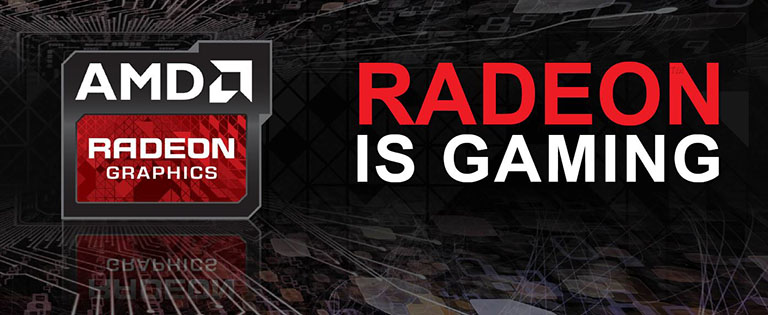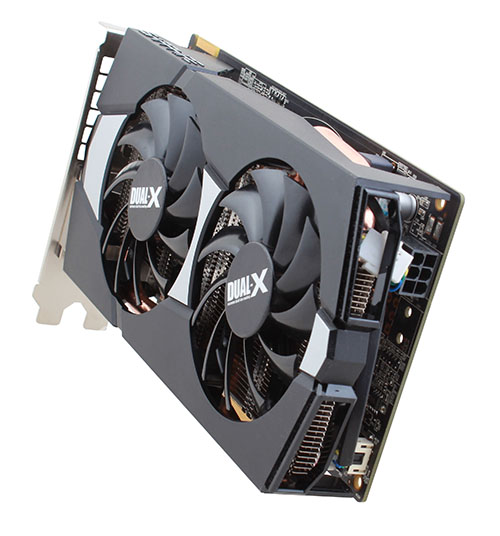Our Aim
To provide you with an overview on New And existing technologies, hopefully helping you understand the changes in the technology. Together with the overviews we hope to bring topical issues to light from a series of independent reviewers saving you the time And hassle of fact finding over the web.
We will over time provide you with quality content which you can browse and subscribe to at your leisure.
TekSpek 's

AMD Radeon R7 265
Date issued:

Launches of new AMD graphics cards have come thick and fast since the company unveiled its new R7 and R9-series nomenclature in October 2013. In the hugely competitive $90-$200 price range AMD already has six offerings. The addition of AMD's newest product, the R7 265, takes that number to seven, the bulk of which are based on rebranded HD 7000-series products.
Mainstream Product Stack
| GPU | Price (USD) | Launch date | Nvidia equivalent |
|---|---|---|---|
| Radeon R7 250 | 89 | Oct 2013 | GT 630 |
| Radeon R7 250X | 99 | Feb 2014 | GT 640 |
| Radeon R7 260 | 109 | Dec 2013 | GTX 650 |
| Radeon R7 260X | 119 (139) | Oct 2013 | GTX 650 Ti |
| Radeon R7 265 | 149 | Feb 2014 | GTX 650 Ti Boost |
| Radeon R9 270 | 179 | Nov 2013 | GTX 660 |
| Radeon R9 270X | 199 | Oct 2013 | GTX 660 OC |
A notable chink in AMD's armour fell between the R7 260X and R9 270, with $139 and $179 price points, respectively. Said gap constituted an enormous performance differential for a mere $40 difference, giving Nvidia's GTX 650 Ti Boost a significant advantage. However, AMD has rectified this situation with the release of the new R7 265 at the $149 price point. To give the R7 265 a more clearly-defined price point AMD has also trimmed the MSRP of the R7 260X down to $119.
Specification
| GPU | Radeon R7 260X 2GB | Radeon R7 265 2GB | Radeon R9 270X 2GB |
|---|---|---|---|
| Launch date | October 2013 | February 2014 | October 2013 |
| DX API | 11.2 | 11.2 | 11.2 |
| Process (nm) | 28 | 28 | 28 |
| Transistors (million) | 2,080 | 2,800 | 2,800 |
| Approx Die Size (mm²) | 160 | 212 | 212 |
| Processors | 896 | 1,024 | 1,280 |
| Texture Units | 56 | 64 | 80 |
| ROP Units | 16 | 32 | 32 |
| Peak GPU Clock/Boost (MHz) | 1,100 | 925 | 1,050 |
| GFLOPS | 1,971 | 1,894 | 2,688 |
| Memory Clock (MHz) | 6,500 | 5,600 | 5,600 |
| Memory Bus (bits) | 128 | 256 | 256 |
| Max bandwidth (GB/s) | 104 | 179.2 | 179.2 |
| TDP (watts) | 115 | 150 | 180 |
| Power Connectors | 6-pin | 6-pin | 2x 6-pin |
| Current price ($) | 119 | 149 | 199 |
Analysis
The Radeon R7 265 may seem familiar to many on paper and, indeed, there is a good reason for that. The R7 265 is effectively a rebranded HD 7850. In comparison to the R9 270(X), a HD 7870 in disguise, the R7 265 loses two compute units resulting in a subsequent reduction of 256 GCN cores and 16 texture units.
With 2GB of GDDR5 memory, 1,024 GCN cores, 64 texture units and 32 ROPs the Pitcairn Pro-based R7 265 still has plenty of muscle for fluid 1080p gaming. Relative to the HD 7850 the R7 265 gets sizeable GPU core and memory overclocks to provide some generational performance uplift.

Marketing hype aside, the R7 265 is a faster clocked version of a GPU released almost two years ago. There are other minor differences, such as support for three digital displays without any DisplayPort adapters, but AMD is targeting price as the major selling point. AMD board partners now have the task of selling 2012's $250 HD 7850 for just $150 in 2014. Given the reduced price point cooling solutions will likely be scaled back if vendors choose not to reuse existing solutions.
Performance
Reviews from online computer hardware publications have overwhelmingly revealed that the R7 265 offers the best full-HD gaming experience for the $150 (£115) price point. AMD has produced a sweetspot offering with clever rebranding and repositioning that will appeal to the bulk of system builders who have value for money on their minds.
The mainstream discrete graphics-card market has always provided an arena for fierce competition between AMD and Nvidia, and this latest move by AMD arguably gives it the upper-hand in the £100 to £120 segment. As always, Scan Computers will have a large selection of Radeon R7 265 cards from a wide array of retailers. Please head on over to here to peruse our selection.